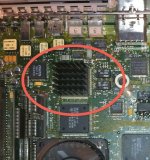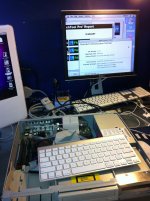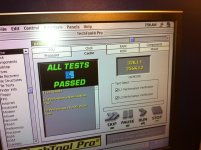uniserver
Well-known member
Basically I just replaced this 30mhz oscillator with one that was 45mhz
I tried other speeds as well. However 90mhz is running stable, With fan cooling.
Don't think I want to push her any more.
The UI is noticeably faster, not joking at all. Its worth it.
Anyone know of a good PPC benchmarking program for mac os8.1 ?
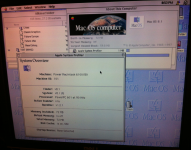

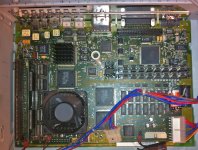
I tried other speeds as well. However 90mhz is running stable, With fan cooling.
Don't think I want to push her any more.
The UI is noticeably faster, not joking at all. Its worth it.
Anyone know of a good PPC benchmarking program for mac os8.1 ?



Last edited by a moderator:

